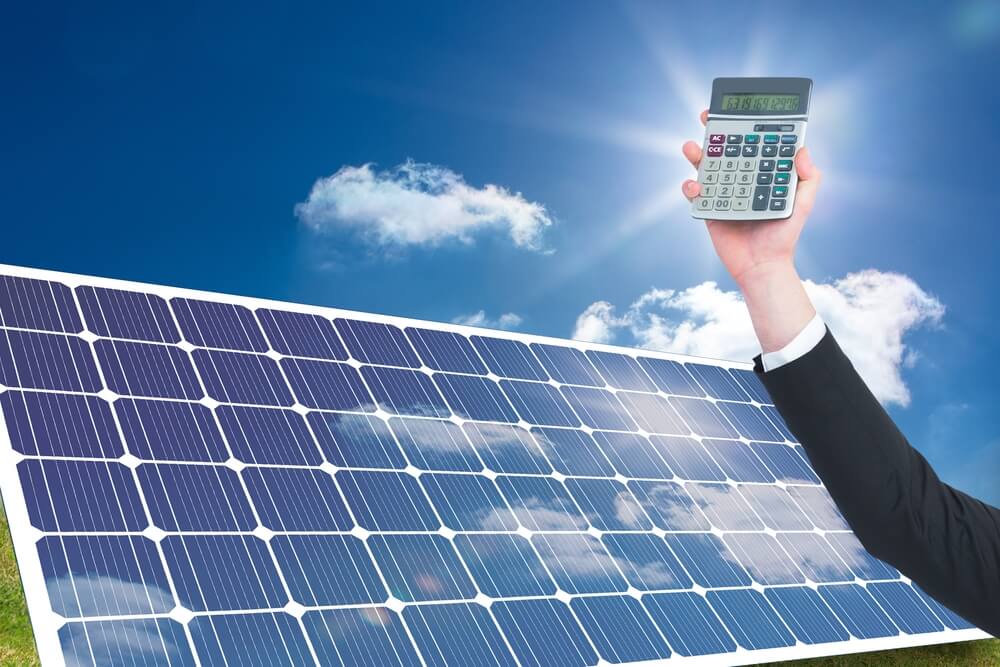To calculate the power of a solar panel, you typically need to consider the following key factors:
- Solar Irradiance: Solar irradiance refers to the amount of solar energy that reaches a given surface area. It is usually measured in kilowatt-hours per square meter per day (kWh/m²/day). The solar irradiance varies depending on the location, time of year, and time of day.
- Efficiency of the Solar Panel: The efficiency of a solar panel represents the percentage of sunlight that the panel can convert into electricity. Efficiency can range from around 15% to 22% for most commercially available solar panels.
- Size of the Solar Panel: The size of the solar panel refers to the area of the panel exposed to sunlight. This is typically measured in square meters.
Given these factors, the formula for calculating the power of a solar panel is:
Power=SolarIrradiance×PanelArea×PanelEfficiency
Here, the solar irradiance is typically a daily average value, the panel area is the total surface area of the solar panel exposed to sunlight, and the panel efficiency is the efficiency of the solar panel in converting sunlight into electricity.
For example, if you have a solar panel with an area of 2 square meters, a solar irradiance of 5 kWh/m²/day, and an efficiency of 20%, you can calculate the power output as follows:
Power=5kWh/m2/day×2m2×0.20=2kWh/day
This means the solar panel would generate 2 kilowatt-hours of electricity per day under those conditions.
It’s important to note that this is a simplified calculation. Real-world power generation may be affected by various factors such as temperature, shading, orientation, and the angle of the solar panel. These factors can impact the overall efficiency and performance of the solar panel system.


